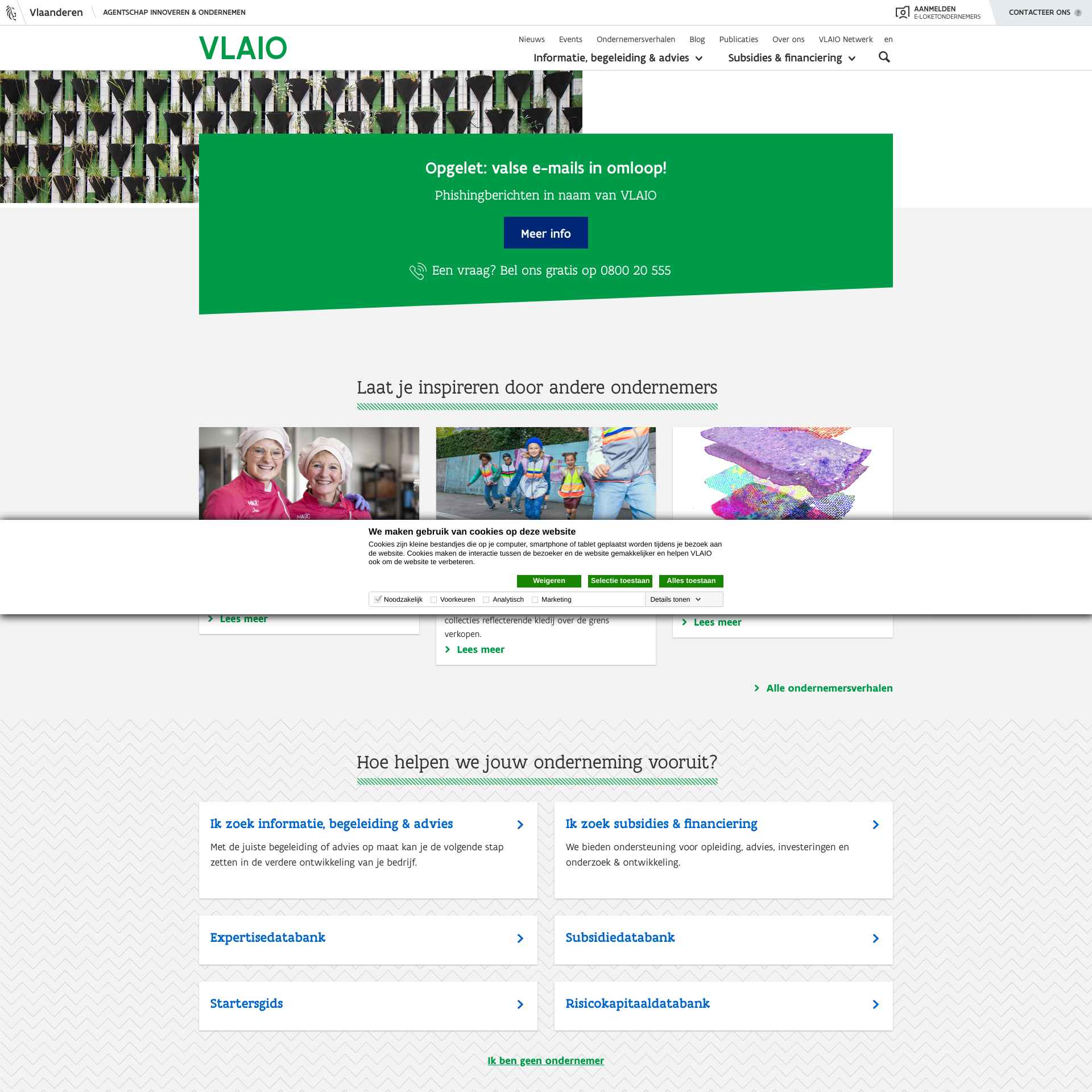The Legacy of Placer Mining in the Yukon: A Modern Day Family Tradition
In the Canadian North, particularly in Yukon, the phrase “family farms” evokes a vivid image of agricultural homesteads. Yet, in the Klondike Valley, where placer miners sift gold from riverbeds, the terrain presents a stark and barren landscape markedly different from traditional farms. This reference, however, underscores a long-standing tradition of alluvial gold mining deeply woven into the fabric of Yukon’s history.
The roots of placer mining run deep in this region. Lisa Favron, a pivotal figure in this narrative, recounts her family’s journey from Finland to the Klondike during the gold rush. Her great-grandfather, like many prospectors of that era, sought fortune in the streams around Dawson City, hiking the infamous Chilkoot Pass and ultimately settling at Grand Forks, the confluence of Bonanza and Eldorado rivers. Now, as a fourth-generation miner who married into the trade, Favron epitomizes the familial legacy that defines this endeavor.
The Klondike gold rush of the late 19th century transformed Dawson City into a bustling hub, often referred to as the “Paris of the North.” Despite the passage of time, the allure of the past remains palpable as tourists flock to the historic town, engaging in activities such as panning for gold, which offers a glimpse into the mining methods of yesteryears. Young tourists alongside their parents eagerly sift through Hunker Creek, celebrating each find of gold flakes that glimmer in the sunlight.
Modern placer mining, however, has evolved significantly. Contemporary methods incorporate advanced machinery like trommels to enhance the efficiency of gold extraction. Although the fundamental technique remains unchanged—filtering away sand and gravel to reveal precious minerals—the scale of operations has grown, necessitating industrial equipment that contrasts sharply with traditional hand tools.
Nevertheless, environmental concerns plague the industry, as landscape alteration has sparked debate regarding ecological impact. Placer miners argue that they are required to restore mined areas and that, unlike hard-rock mining, their practices are less destructive to the natural environment. However, discontent over outdated royalty systems persists, particularly among Indigenous leaders. The current regulation, established over a century ago, mandates minimal payments to the Yukon’s government based on historical gold values, which have not kept pace with soaring market prices.
Amid these challenges, the passion for placer mining endures. In her home, Lisa Favron skillfully operates a “gold recovery room,” where the painstaking process of screening and washing earth to isolate gold continues. This laborious task culminates in the refining of their finds, essential for sustaining the family-run business. Each generation contributes to this painstaking process, bridging the gap between past and present. Favron’s children have all been involved at various stages, reflecting the communal bond that this form of mining fosters.
The story of Lisa Favron and her family underscores how placer mining has transitioned from a historical phenomenon to a contemporary business model persistently rooted in familial tradition. With one of her five children now actively involved in the family enterprise, the legacy of placer mining will continue to thrive in Yukon, reinforcing its identity as a precious art passed down through generations, akin to family farms, albeit amidst a backdrop of rugged northern landscapes and profound historical significance.

